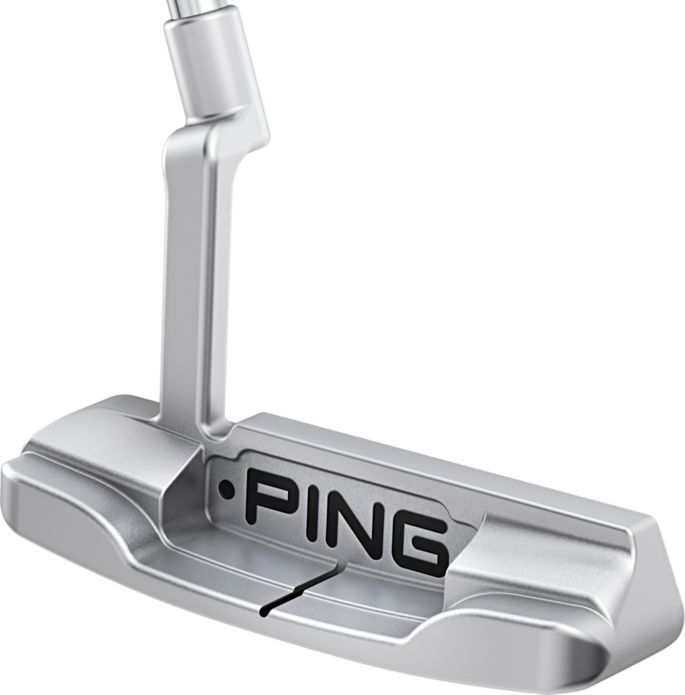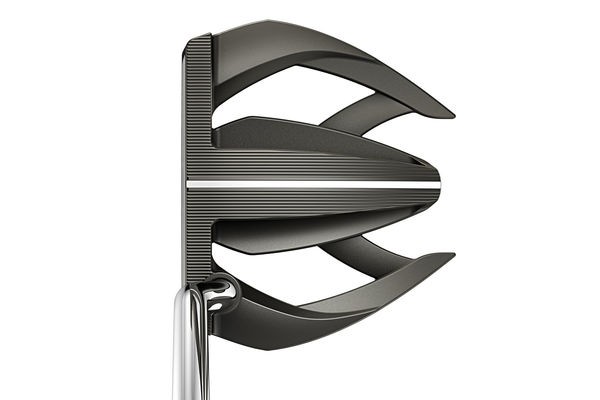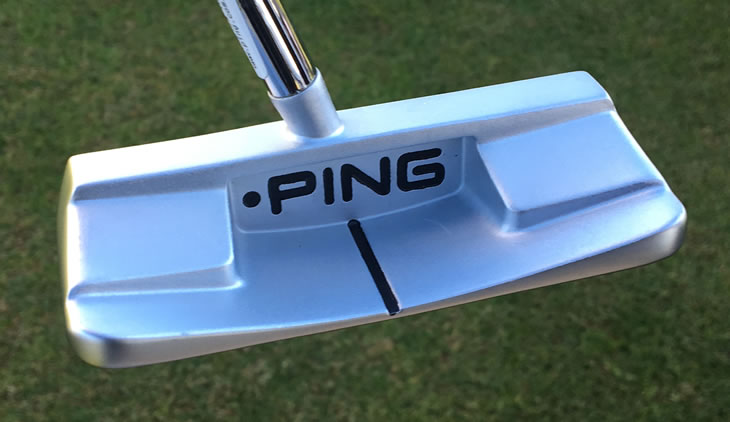Review on Ping Sigma G Putter
Ping has been trying to introduce a different style of putter for a while, and this time they really went all out with the Ping Sigma G series.
Sigma is the Greek letters used to denote the sum of everything. All mathematicians are familiar with it. There are 16 new models in the putter model range.
There are many classic and modern shapes. But before I get to them, I want to review the Sigma G’s technology.
What is new is the PEBAX elastomer insert that sits in a face cavity behind an anodized 6061 aluminium face in order to provide a soft feel that does not lose any ball speed.
This reminds me of Isopur putters from around 20 years back, with a white synthetic insert and the Ping word on it. However, the insert didn’t come with an aluminium face. It also did not have a hollow sound.
Although the Sigma G insert still has a slightly hollow feel, it’s mask by an aluminium face. It retains the bulk of the sound from a metal-faced putter with a softer feel.
The insert, on balance, is an excellent choice for someone who values sound as a way to measure feel.

Performance
PING Sigma G putters provide plenty of material for a review’s Performance section. However, it can often be hard to find enough content. First, let me mention something I often overlook – PING’s Fit For Stroke System. PING has identified 6 for Straight strokes players and 9 for Slight Arcs players. There are also 2 for Strong Arcs players. Some styles work for all stroke types. With the help of the i.PING App, players can quickly identify their stroke types and select the right putter to suit them.
PING is also allowing golfers to choose the weight that best suits them. From 340 grams up to 400 grams, the Sigma G line offers a wide range of putters. The Sigma G line also includes two stock grips: the PP60 (midsize polygon shape at 57 grams and PP62 which is larger than PP62 at 68 grams. Choose one of two extremely stable counter balanced models (the Doon CB, or Kinloch CB) to get a 130 gram 17-inch grip.
Sigma G lines will offer more forgiveness than average putters, regardless what model you select, your weight, or grip. The Sigma G line has a higher MOI, True Roll Face Technology and more forgiveness. Sigma G putters have higher MOI (more forgiveness) than other putters because the larger face insert cavity allows more weight to be moved to the heel and toe. True Roll Face has deep grooves toward the heel and toe, while the grooves around the middle of the face are deeper. This helps to even out stroke speeds and allows all putts the same distance. You can say it is one of the top, most successful putter technologies in golf. You’ll immediately notice the results.


Gear
Ping Sigma G’s new 15 model range includes: Fairways Hybrids Drivers, Gear WiTB Ladies, Balls and Shoes for Women, Grips and Gloves; Training Aids. Reviews videos
This latest range is inspired by the soles and technology of running shoes. Furthermore, the True Roll Face Technology has seen improvements across all areas of the face.
Precision milled out of 6061-grade aerospace aluminium, this new pattern can vary in pitch and depth for performance enhancement and to touch putts at all lengths.
Sigma G putters offer an exciting new technology. Impact stability is improved in all models of Sigma G because the face cavities are larger, which allows weight savings to be distributed further to the perimeter. This increases the MOI.
Using the optimal CG position will reduce skid, and help you to roll forward. To aid in alignment and setup, all putters are available in Platinum or Black Nickel.
John A. Solheim, chairman & chief executive officer of Ping said that the Sigma G putters were an innovative new technology. It continues Ping’s long-standing commitment in engineering putters that look and feel amazing but that perform even better.
To fit the preferred grip style of a golfer, there are two options for Ping Pistol’s tapered grip. Both the PP60 (midsize polygon shape), and PP62 are designed to conform to the hands of golfers. The CB60 grip is standard on counter-balanced models.
